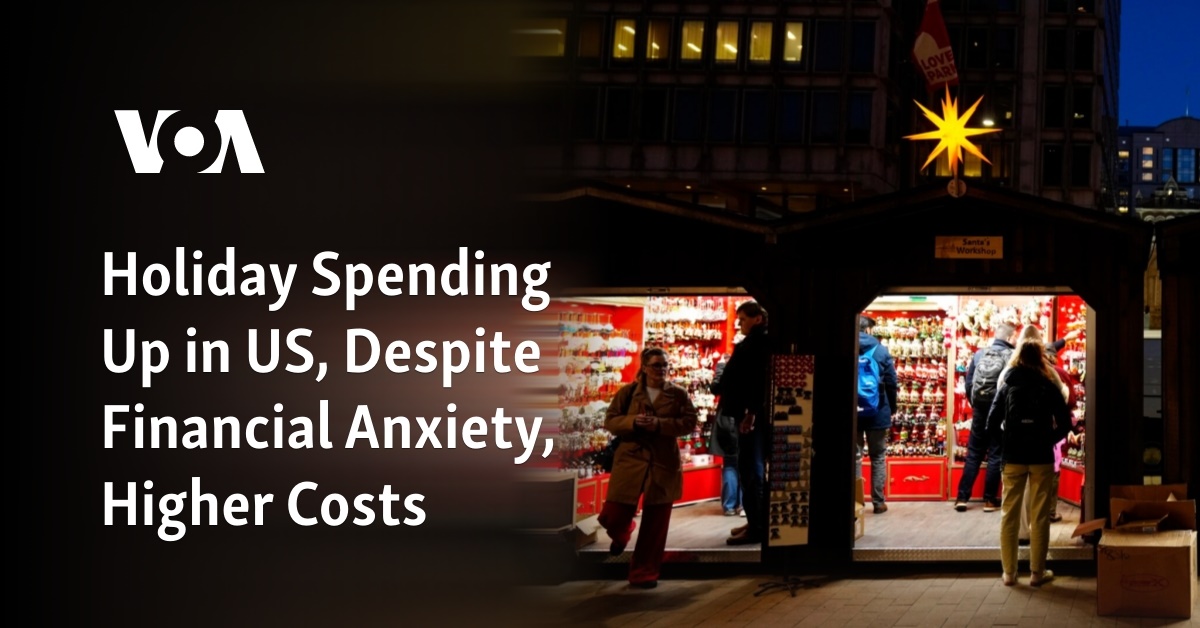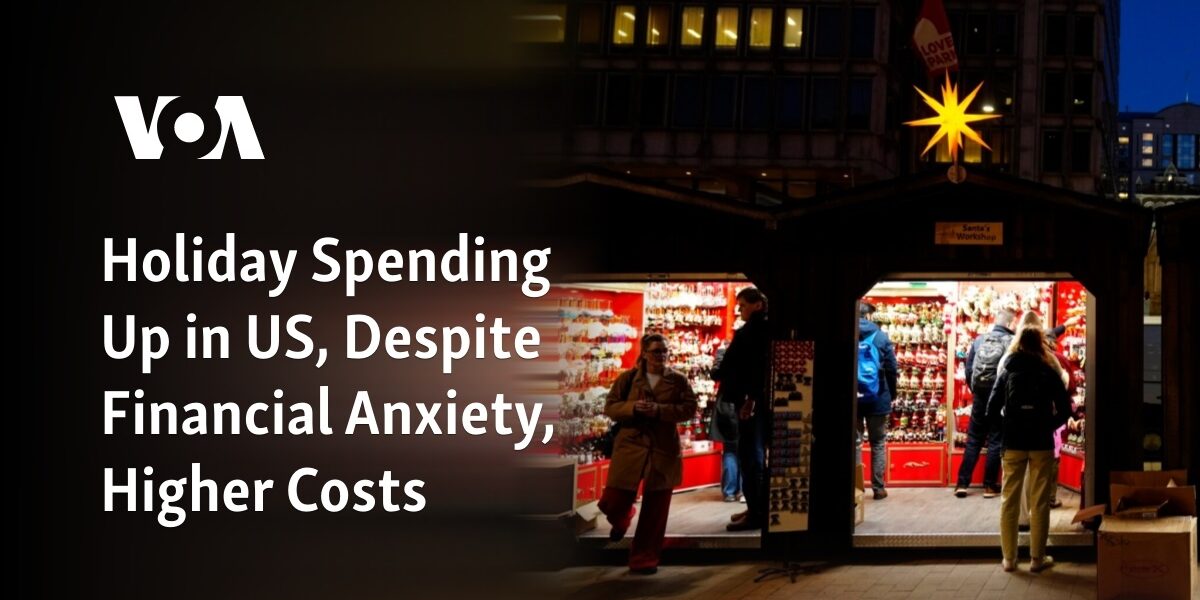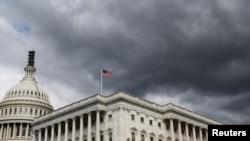Despite concerns about finances and rising expenses, holiday spending has increased in the United States.

The latest report shows that despite higher prices and financial concerns, holiday sales increased this year and consumer spending stayed strong during the shopping season.
According to Mastercard SpendingPulse, which monitors various forms of payment such as cash and debit cards, sales during the holiday season from November to Christmas Eve only saw a 3.1% increase, compared to last year’s 7.6%.
This year’s holiday season sales are more in line with the usual trend, following a spike in spending during the same period last year.
During the holiday season, consumers were intentional in their spending, according to Michelle Meyer, Chief Economist at the Mastercard Economics Institute. She noted that the overall economic conditions are still positive, with strong employment growth and decreasing inflation, giving consumers the ability to purchase the products and experiences that hold the most value for them.
The amount of individuals inquiring about unemployment aid has stayed exceptionally low compared to past trends, and businesses are still struggling to locate adequate employees.
However, the increase in sales was slightly lower than the projected 3.7% growth reported by Mastercard SpendingPulse in September. The data, released on Tuesday, does not include the automotive industry and is not adjusted for inflation.
Clothing sales rose 2.4%, though jewelry sales fell 2% and electronics dipped roughly 0.4%. Online sales jumped 6.3 % from a year ago and in-person spending rose a modest 2.2%.
Consumer spending accounts for nearly 70% of U.S. economic activity, and economists carefully monitor how Americans spend, particularly during the holidays, to gauge how they’re feeling financially.
There had been rising concern leading up to the holiday about the willingness of Americans to spend because of elevated prices for daily necessities at a time that savings have fallen and credit card delinquencies have ticked higher. In response, retailers pushed discounts on holiday merchandise earlier in October compared with a year ago. They also took a cautious approach on how much inventory to order after getting stung with overstuffed warehouses last year.
The most recent update on the Federal Reserve’s preferred measure of inflation, released on Friday, indicates a decrease in prices. However, expenses remain elevated at restaurants, car dealerships, and for items like rent. Surprisingly, Americans increased their spending from October to November, demonstrating their purchasing ability despite the higher costs during the holiday season.
Next month, the National Retail Federation, the largest retail trade group in the nation, will release its two-month statistics on American spending. These numbers will be based on sales data from the Commerce Department for the months of November and December.
The association predicts that holiday sales in the United States will increase by 3% to 4%. This is a decrease from last year’s growth of 5.4%, but it aligns with the usual trend of holiday spending, which saw a 3.6% increase between 2010 and 2019 before being impacted by the pandemic.
In February, industry experts will analyze the fourth-quarter financial results of major retailers upon their release.
The main issue is whether consumers will significantly reduce their spending once they receive their January bills. Nikki Baird, the vice president of Aptos, a company specializing in retail technology, pointed out that customers, who are already feeling the effects of inflation and high interest rates, may cut back even more due to the restart of student loan repayments on October 1.
She expressed her concern for January, stating that she could see a final celebration taking place.
Source: voanews.com




